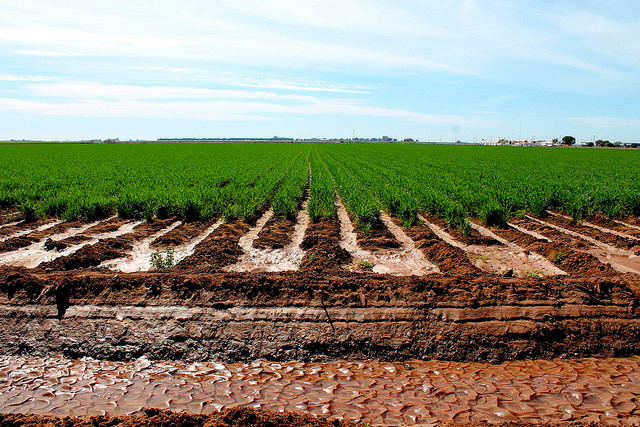Innovations
Working with smallholders to understand their needs and build on their knowledge, CIMMYT brings the right seeds and inputs to local markets, raises awareness of more productive cropping practices, and works to bring local mechanization and irrigation services based on conservation agriculture practices. CIMMYT helps scale up farmers’ own innovations, and embraces remote sensing, mobile phones and other information technology. These interventions are gender-inclusive, to ensure equitable impacts for all.
Breaking Ground: Caixia Lan on identifying building blocks for rust resistant wheat
 Innovations
Innovations
Support for research into breeding crops resistant to wheat rust is essential to manage the spread of the deadly disease, caused vast yield losses globally in recent years, says scientist Caixia Lan.
Breaking Ground: Bhoja Basnet sets sights on increasing wheat yield potential through hybrid seeds
 Innovations
Innovations
Scientist Bhoja Raj Basnet shares his journey from Nepal to Mexico where he joined CIMMYT as a postdoctoral fellow working in the bread wheat improvement program.
New study reveals how controlling wheat hormones can cool hot crops
 Innovations
Innovations
A plant-aging hormone could increase wheat yields by 10 to 15 percent in warm locations, according to a recent study published in New Phytologist journal.
Crop sensors sharpen nitrogen management for wheat in Pakistan
 Innovations
Innovations
Pakistani and CIMMYT scientists are working with wheat farmers to test and promote precision agriculture technology.
Breaking Ground: Carolina Sansaloni explores and unlocks genetic potential from wheat genebanks
 Innovations
Innovations
Carolina Sansaloni’s passion for genetics began when she was at university in Argentina, an interest that grew as she moved on to receive her master’s and doctoral degrees in molecular biology.
Breaking Ground: Scientist Deepmala Sehgal on the trail of novel wheat diversity
 Innovations
Innovations
Molecular analysis research by Deepmala Sehgal has led to the discovery of novel genes for yield, disease resistance and climate resilience in previously little-used wheat genetic resources.
Surface water irrigation has the potential to boost cereal productivity in Bangladesh
 Innovations
Innovations
For the first time, researchers have mapped rivers and freshwater canals in southern Bangladesh using geospatial tools.
Harnessing medical technology and global partnerships to drive gains in food crop productivity
 Innovations
Innovations
Global research networks must overcome nationalist and protectionist tendencies to provide technology advances the world urgently needs.
Improved maize offers new economic opportunity to Kenyan family
 Innovations
Innovations
Improved maize varieties offer new economic opportunity to families in Kenya.
New Publications: Rise of micro-satellites offers cost-effective way to collect data on smallholder farms
 Innovations
Innovations
Micro-satellites are emerging as an effective low-cost option to collecting data like sow date and yields on small farms across the developing world.
Healthy soils for a healthy, food secure future
 Innovations
Innovations
Humanity relies on soils not only for food production but also for a range of vital ecosystem services, its health is essential to a healthy and food secure future.
Cutting-edge tools promote conservation, use of biodiversity
 Innovations
Innovations
CIMMYT scientists will present at the COP 13 conference on a new collection of tools and resources that could revolutionize maize breeding and promote genetic diversity conservation.
Scientists meet in Mexico to revolutionize ways of “watching” experimental plants
 Innovations
Innovations
200 world-class scientists from over 20 countries will gather in Mexico from December 13 to 15 for the 4th International Plant Phenotyping Symposium.
Advice for India’s rice-wheat farmers: Put aside the plow and save straw to fight pollution
 Innovations
Innovations
Recent media reports show that the 19 million inhabitants of New Delhi are under siege from a noxious haze.
New Publications: Durum wheat is becoming more susceptible to rust globally
 Innovations
Innovations
Leaf rust is increasingly impacting durum wheat production worldwide.
